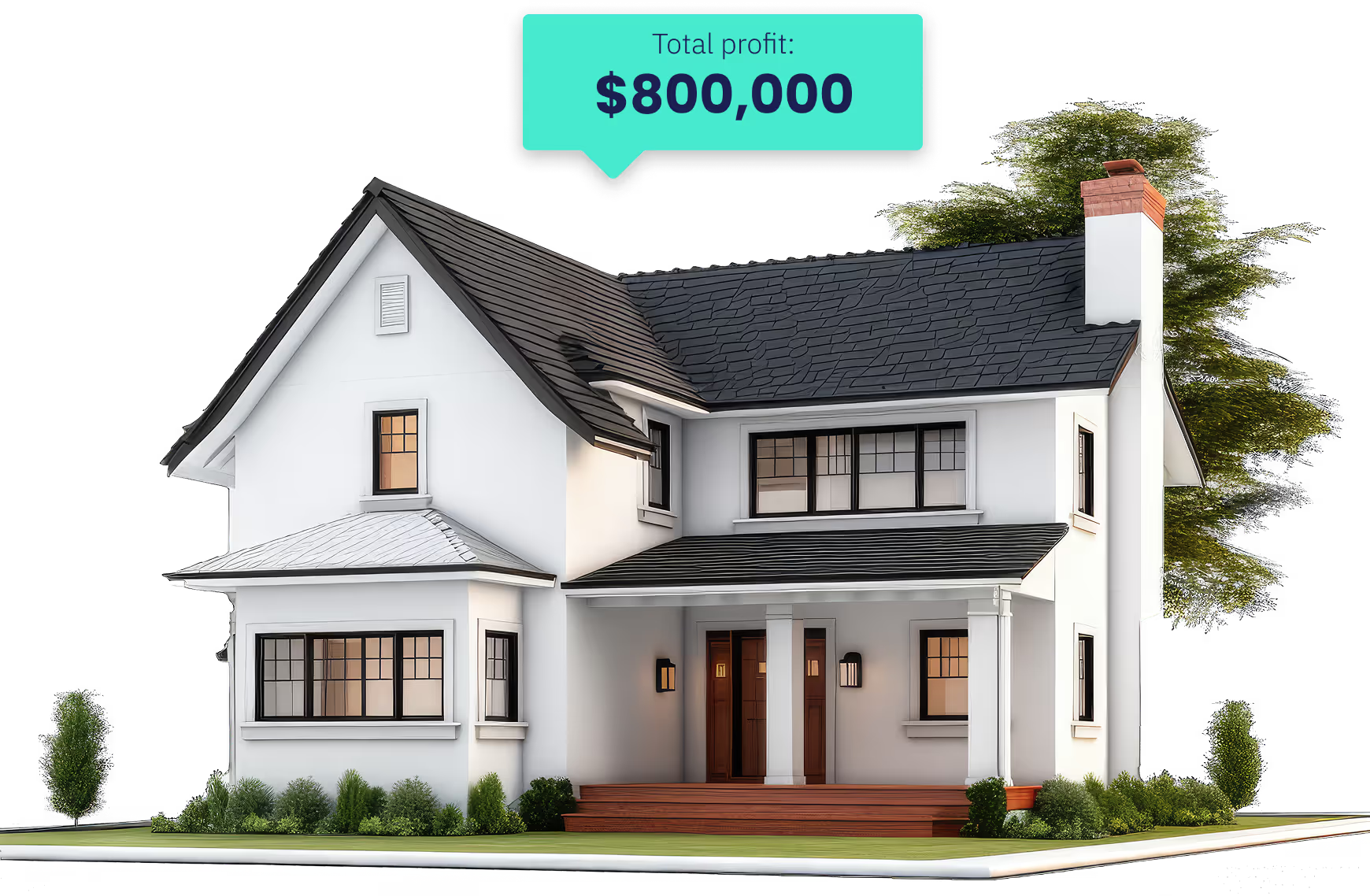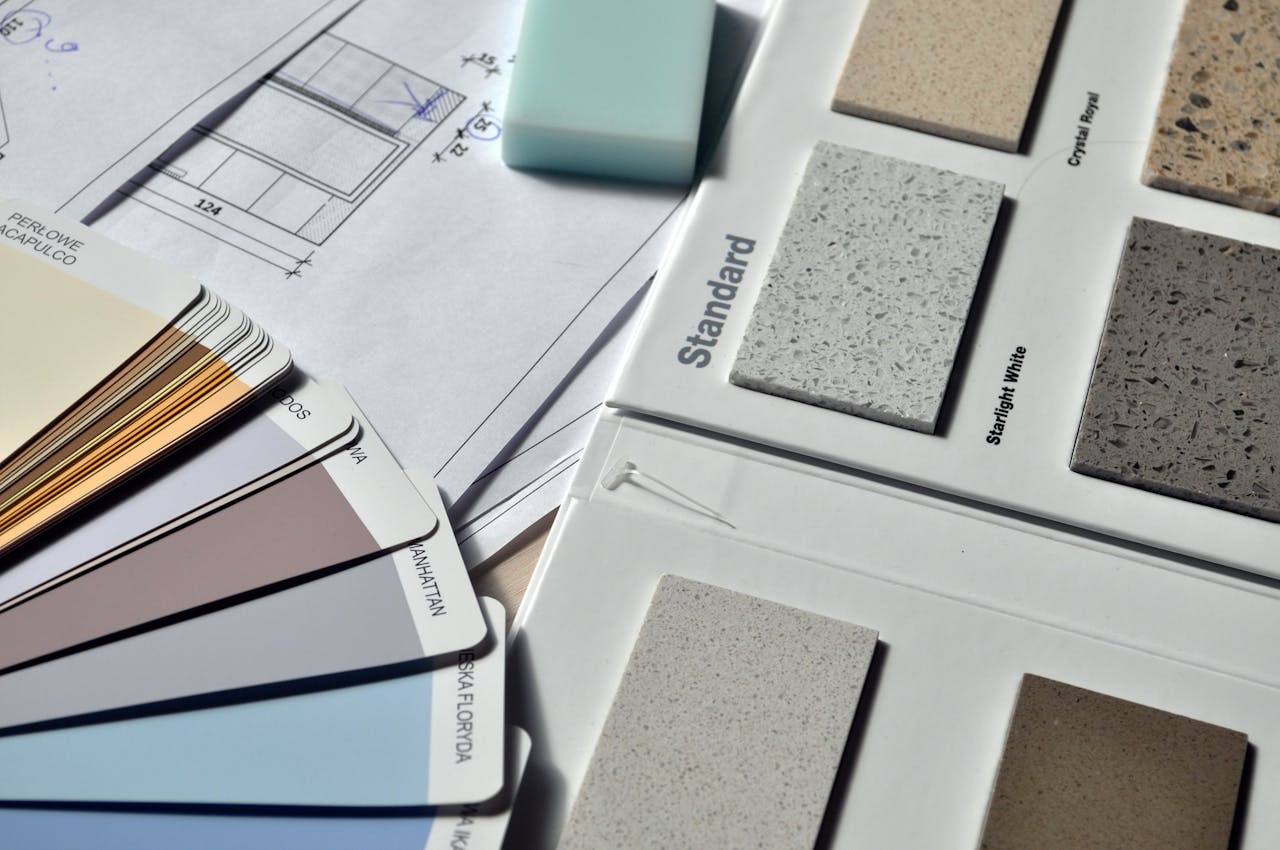Pros and Cons of Refacing Kitchen Cabinets

Dreaming of a kitchen facelift but cringing at the thought of a full cabinet replacement? It’s understandable. Kitchen renovations are a big deal—both for your wallet and your daily life. Although the idea of replacing your kitchen cabinets can seem overwhelming, there is a cheaper and often easier solution: cabinet refacing. But before you dive in, let’s take a look at the pros and cons of refacing kitchen cabinets so you can make the right decision for your kitchen and your wallet.
When to Consider Cabinet Refacing
How do you know if cabinet refacing is even an option for you to consider? Well, if your existing cabinets are in good structural condition but looking a little dated, refacing might be the perfect solution. Refacing is ideal for kitchens where the layout works for you, but the aesthetic doesn’t. Think of it like giving your cabinets a facelift. You may want new frames, doors, or drawer fronts, but the bones are still good. However, if your cabinets are falling apart or you’re dreaming of a complete kitchen overhaul, refacing might not be enough.
What is Cabinet Refacing?
Cabinet refacing is essentially a facelift for your kitchen cabinets. Instead of tearing out your old cabinets and starting from scratch, you keep the existing framework and replace the doors, drawer fronts, and hardware. The visible parts of the cabinet structure are also covered with a new veneer, giving them a fresh appearance. This method saves time, money, and the environment by reusing much of the existing materials.
Process Overview
The process of cabinet refacing is methodical but straightforward. Here’s how it typically works:
- Removing and Measuring Doors: The first step is taking off the old doors and drawer fronts. Precise measurements are crucial to ensure the new components fit perfectly.
- Cleaning and Sanding: The existing cabinet boxes are cleaned and lightly sanded to prepare for the new veneer. This ensures a smooth, lasting application.
- Installing End Panels: New end panels are installed on the exposed sides of the cabinets. These panels match the new doors and drawer fronts in style and color.
- Covering Face Frames with Veneer: The front-facing frames of the cabinets are covered with a veneer that matches the new doors and drawers. This step ties everything together seamlessly.
- Adding Moldings, Staining, and Lacquering: To complete the look, moldings are added, and the veneer can be stained or lacquered to achieve the desired finish.
- Installing New Drawer Faces and Replacing Hardware: New drawer faces are installed, and old hardware is replaced with updated knobs, handles, and hinges.
- Installing New Doors and Hinges: Finally, new doors are hung using upgraded hinges, completing the transformation.
Pros of Cabinet Refacing
Cost-Effective
One of the biggest draws of cabinet refacing is its cost-effectiveness. When compared to a full cabinet replacement, refacing can save you a significant amount of money. The cost savings stem from reusing the existing cabinet structure, which eliminates the need for new cabinet boxes—often one of the most expensive parts of a kitchen remodel.
Time-Saving
Time is another factor where refacing shines. A full kitchen remodel can leave you without a functioning kitchen for weeks, sometimes even months. In contrast, cabinet refacing typically takes just a few days, meaning you can get back to your regular routine much faster. This shorter timeline also means less disruption to your home life, which is a big plus for busy households.
Eco-Friendly
In today’s world, making environmentally conscious choices is more important than ever. Cabinet refacing is an eco-friendly option because it utilizes your existing cabinets rather than sending them to a landfill. By reducing the demand for new materials, refacing helps conserve resources and minimize waste.
Customization Options
Refacing doesn’t mean you’re stuck with the same old look. There’s a wide range of styles, colors, and veneer options available, allowing you to customize your kitchen to match your personal taste and existing decor. Whether you prefer a sleek, modern look or something more traditional, refacing offers the flexibility to achieve your vision.
Quick Process and Minimal Disruption
As mentioned earlier, the refacing process is quick and causes minimal disruption. Unlike a full remodel that can render your kitchen unusable, refacing allows you to maintain some level of functionality throughout the project. You won’t have to rely on takeout for weeks on end, and the dust and noise are kept to a minimum.
Added Home Value and Potential Cost Recoupment
Upgrading your kitchen is one of the best ways to increase your home’s value. While a full kitchen remodel offers the highest return on investment, cabinet refacing also adds value to your home. The fresh look can make a big impact on potential buyers, helping you recoup some of the costs when it’s time to sell.
Cons of Cabinet Refacing
Not Suitable for Damaged Cabinets
Cabinet refacing is not a magic fix for cabinets that are in poor condition. If your cabinets are suffering from structural issues, water damage, or mold, refacing isn’t going to solve those problems. It’s crucial to address these underlying issues before considering refacing. Otherwise, you might end up with beautiful new cabinet fronts attached to deteriorating frames.
Limited Layout Changes
If you’re dreaming of a completely new kitchen layout, refacing won’t get you there. Since the process involves keeping your existing cabinet structure, you’ll be locked into your current kitchen layout. If you want to make significant changes to the arrangement of your cabinets, a full remodel might be a better option.
Durability Concerns
While refacing can give your cabinets a fresh new look, it’s not as durable as a full replacement. The longevity of refaced cabinets largely depends on the quality of materials used and the skill of the installer. If the cabinet frames are nearing the end of their lifespan, refacing might only be a temporary solution, and you could find yourself facing another renovation down the line.
Cost
Although cabinet refacing is generally cheaper than a full replacement, it’s still a significant investment. Depending on the size of your kitchen and the materials you choose, refacing can still be pricey. It’s important to weigh the costs against the benefits and consider whether the savings are worth the trade-offs.
Cost to Reface Kitchen Cabinets
The cost of cabinet refacing can vary widely based on factors like kitchen size, materials, and labor. On average, homeowners can expect to pay between $4,000 and $9,000 for refacing, depending on the scope of the project. This is significantly less than the $12,000 to $20,000 price tag that often comes with full cabinet replacements.
Comparison of Costs: Refinishing vs. Refacing vs. Replacing
If you’re looking to save money, it’s important to understand the differences between refinishing, refacing, and replacing. Refinishing is the least expensive option, typically costing between $1,500 and $4,000. However, refinishing only involves sanding down the existing cabinet surfaces and applying a new finish, so it doesn’t offer the same level of transformation as refacing or replacing.
Refacing falls in the middle, offering a fresh look without the cost and hassle of a full replacement. Full cabinet replacement, while the most expensive, is the best option if your cabinets are in poor condition or you’re looking to change the layout of your kitchen entirely.
Importance of Researching Options and Getting Quotes
Before making a decision, it’s crucial to do your homework. Research different options, get quotes from multiple contractors, and weigh the pros and cons. This will help you make an informed decision that fits your budget and meets your needs.
DIY vs. Hiring a Pro
Feasibility of DIY Refacing
For the DIY-savvy homeowner, cabinet refacing can be an appealing project. It requires a good amount of skill and precision, but it’s doable if you’re confident in your abilities. DIY refacing can save you on labor costs, but it’s important to consider the time investment and the potential for mistakes. If you’re not experienced with home improvement projects, the cost of fixing errors could outweigh the savings.
Pros and Cons of Professional Installation
Hiring a professional ensures the job is done right the first time. Experienced installers can complete the project quickly and with a high level of craftsmanship, reducing the risk of mistakes and ensuring a polished final product. However, professional installation comes at a higher cost, so it’s essential to balance the benefits against your budget.
Frequently Asked Questions
Should I replace or reface my kitchen cabinets?
This depends on the condition of your current cabinets and your goals for the remodel. If your cabinets are structurally sound and you’re happy with the layout, refacing is a cost-effective option. However, if your cabinets are damaged or you want a completely new look, replacement might be the better choice.
How long do refaced cabinets last?
With proper care, refaced cabinets can last 10 to 15 years or more. The durability depends on the quality of materials and the skill of the installer, so it’s crucial to choose a reputable contractor.
How can I save money when refacing kitchen cabinets?
To save money, consider opting for less expensive veneer options, reusing your existing hardware, or doing some of the prep work yourself. Getting multiple quotes and comparing costs can also help you find the best deal.
Is refacing an option for all kitchen cabinets?
Refacing is a good option for most kitchens, but it’s not suitable for cabinets that are damaged or made of low-quality materials. If your cabinets are in poor condition, replacing them may be a better investment in the long run.
What about appliances and counters?
If you’re planning to replace your appliances or countertops, it’s best to coordinate these changes with your refacing project. This ensures that everything matches and fits together seamlessly.
Our Takeaway
Cabinet refacing is a practical, cost-effective option for giving your kitchen a fresh look without the hassle of a full remodel. While it’s not suitable for every situation, it offers numerous benefits, including cost savings, time efficiency, and eco-friendliness. By weighing the pros and cons and doing your research, you can make an informed decision that enhances the beauty and functionality of your kitchen.
Danielle has a demonstrated experience of 8 plus years in high-end residential, hospitality, and solid credentials in Interior Architecture and Business, she's the cornerstone of Revive's design projects, blending innovation with function.
Recent articles
Unlocking equity is hard,
we've got your back.
See what's possible, it's your real estate.
Discuss homeThe future
starts at home.
While there is an abundance of evidence that supports that renovated turnkey homes sell faster and for more, Revive, nor the Contractor, can guarantee a specific as-is or after renovation value or the exact time that it would take to get a renovated home sold. Further, Revive cannot provide a guarantee that the real estate market will not experience fluctuations or a decrease during the renovation or sales period.








